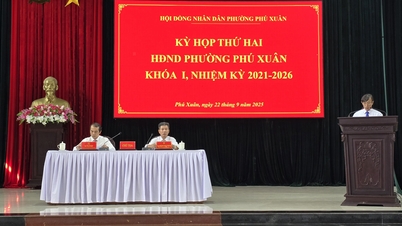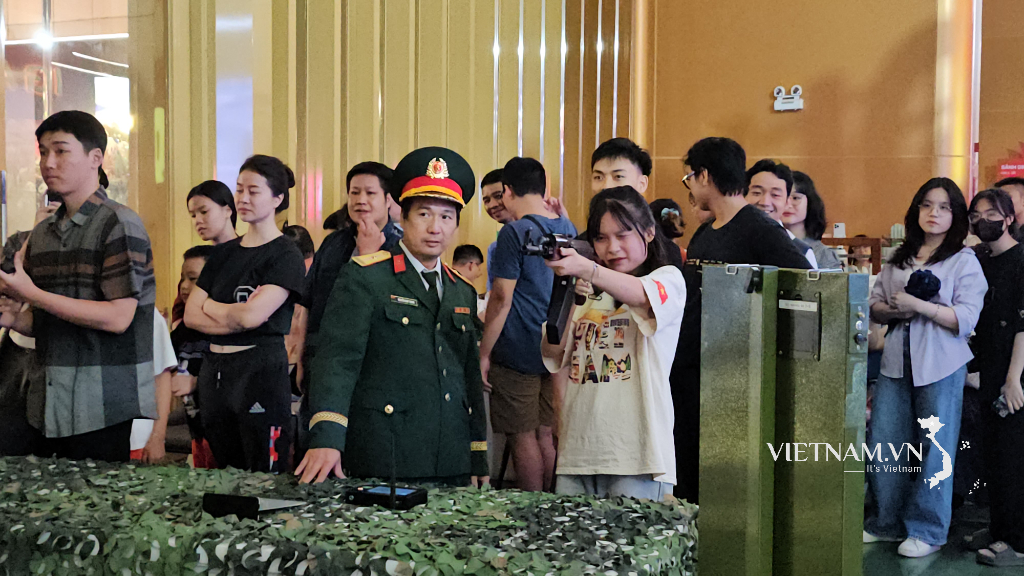 |
AI-powered article summaries are becoming more common on news sites. The technology that generates these summaries is constantly improving, forcing newsrooms to adapt and adopt them.
“Whatever you call it, full-length article summaries are becoming more common on news sites,” notes author Sarah Scire in an article for the Nieman Lab, a journalism research center.
The Wall Street Journal , Bloomberg , and Yahoo News are three news organizations pioneering the deployment and creation of reader-friendly AI summaries.
Enhance reader experience
News organizations see AI-generated summaries as essential for busy readers. Reader interest is a key driver for them to continue testing and developing the technology.
Yahoo News has developed a “Key Takeaways” feature that summarizes articles and encourages readers to read the entire article. The unique feature is that readers have the power to do so. Instead of automatically displaying, readers have to click a button to see the summary.
The summary feature, which will be launched in 2024, is part of Yahoo News ' plan to relaunch the app, integrating many advanced AI functions. Notably, the app also has the ability to rewrite "clickbait" headlines that annoy readers.
 |
Yahoo News will require readers to click a button to see a summary of the article. Photo: Yahoo. |
Kat Downs Mulder, CEO of Yahoo News , said the acquisition of Artifact has "really accelerated" the newsroom's AI development.
“ Yahoo News ’ Key Takeaways feature is intended to make the reading experience easier for users. However, we view it as a utility, not a replacement for the full article,” Mulder said.
Emphasizing accuracy, Kat Downs Mulder said: "The summaries only take information from the article itself, not from the internet." According to her, this approach "significantly reduces the possibility of errors or incorrect information appearing in the summaries."
After the test period, Yahoo News also allowed readers to proactively flag unhelpful summaries. "We have a lot of quality checks in our process, including human review," Downs Mulder said. Readers generally rated the summaries as accurate, she added.
The relaunched Yahoo News app with new AI features has received positive feedback, with user engagement increasing by 50% and average time spent per user increasing by 165%.
Human factor
At The Wall Street Journal ( WSJ ), AI-generated summaries, called “Key Points,” consist of three bullet points. The paper’s top principle is transparency in all information provided.
“Trust and transparency with our audience are core to our mission. Each summary comes with a “What’s this?” button that clearly states that an AI tool created the summary, based on editorially vetted content,” said Tess Jeffers, WSJ ’s Director of Data and AI.
The WSJ developed an AI news summary feature in early 2024, initially for its “Newswires” product for corporate customers. After the AI process was integrated into its Content Management System (CMS), the scope of application was expanded.
 |
The WSJ affirms the importance of the human element in journalism. Photo: Thomas T. Lechleiter/WSJ. |
Before the official rollout, WSJ worked closely with its technology and product teams to rigorously evaluate the accuracy of the summaries. This “Key Points” feature, powered by the Google Gemini chatbot, underwent testing with random users. With positive test results, the summaries were rolled out to all core news articles.
The content summarization tool is integrated directly into The Wall Street Journal 's CMS (content management system). Once the AI generates summaries, they go through the same editorial process as a regular article. The editors will carefully review the summaries for accuracy and clarity.
“Whether to include or exclude an abstract from an article is entirely at the editor's discretion,” Ms. Jeffers said.
However, she also noted that AI technology is constantly evolving, requiring regular updates and testing. According to her, the constant change in AI technology requires editors to always be ready to update newer LLMs (large language models), then re-test and evaluate to ensure the output still passes the quality control process.
More importantly, Ms. Jeffers emphasized the importance of the human element in correcting AI mistakes.
“While we are quite pleased that the error rates are so low, they are not zero. As other publishers have found, even such low rates can lead to some serious errors.”
“Summaries cannot replace journalism”
Bloomberg News has also rolled out AI-generated “Takeaways” on both Bloomberg.com and Bloomberg Terminal .
Chris Collins, head of news products at Bloomberg , explained that for complex or high-volume topics like tariffs, these summaries are particularly useful, helping readers “grasp and update information” quickly between lots of individual articles.
“We publish thousands of stories every day. Especially in these busy news times, readers say they want to quickly grasp what’s happening and stay up to date with important information,” he stressed.
 |
In 2023, Google tested an AI tool that could write its own articles. Photo: AI World Today. |
Mr Collins said the AI summaries were designed to enhance the reading experience and complement journalism, not replace the depth, context or analysis provided by reporters. Reader feedback on the feature has been positive, especially for fast-moving stories.
The key, he says, is understanding your audience and what they want in terms of content and overall experience. Collins stresses that AI should be used to improve user experience, not just because it’s a new technology.
“Summaries are not a substitute for journalism, and they cannot exist without journalism,” Mr. Collins asserted.
Source: https://znews.vn/lieu-ai-co-thay-the-bao-chi-post1559471.html


![[Photo] General Secretary To Lam presents the First Class Labor Medal to the Vietnam National Energy and Industry Group](https://vphoto.vietnam.vn/thumb/1200x675/vietnam/resource/IMAGE/2025/9/21/0ad2d50e1c274a55a3736500c5f262e5)


![[Photo] General Secretary To Lam attends the 50th anniversary of the founding of the Vietnam National Industry and Energy Group](https://vphoto.vietnam.vn/thumb/1200x675/vietnam/resource/IMAGE/2025/9/21/bb0920727d8f437887016d196b350dbf)



























































































Comment (0)